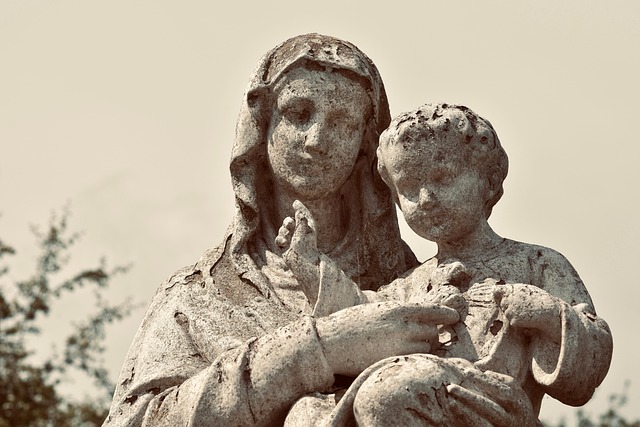Purity and Power: Exploring the Holy Virgin in Religious Traditions
Throughout history, the figure of the holy virgin has emerged as a powerful symbol of purity, grace, and maternal compassion across various religious traditions. Her presence evokes feelings of reverence and awe, often embodying the very ideals that many followers strive to emulate in their daily lives. Endowed with remarkable virtues, the holy virgin resonates deeply within the hearts of believers, fostering a sense of hope and spiritual aspiration.
In Christianity, the Virgin Mary stands as a central figure representing purity and maternal love. She is revered not only as the mother of Jesus Christ but also as an emblem of divine grace. Her immaculate conception serves as a reminder of the strength found in remaining steadfast in one’s faith. Festivals celebrating Mary, such as the Assumption and Immaculate Conception, inspire deep devotion among millions, uniting them in prayer and worship. This devotion highlights how the holy virgin acts as an intercessor between humanity and the divine, reinforcing the bond between believers and God.
Meanwhile, in Hinduism, the goddess Durga is often depicted as a virgin warrior, embodying strength, purity, and the fight against evil. Celebrated during the festival of Navratri, her presence empowers countless devotees, encouraging them to stand against injustice and uphold righteousness. The striking duality of the holy virgin in this tradition signifies that purity does not denote passivity; rather, it represents an active, fierce commitment to moral values and the protection of the weak.
In Buddhism, the concept of the holy virgin transcends the traditional motherly figure. While not a central figure in the same way as in Christianity or Hinduism, the Bodhisattvas—enlightened beings who delay their own nirvana to aid others—can embody virgin-like qualities of purity and compassion. Kuan Yin, a Bodhisattva associated with mercy, embodies these aspects, offering solace and guidance to those in suffering. Her representation serves as a reminder of the enduring power of compassion, urging followers to develop gentle yet resolute hearts.
Across various belief systems, the holy virgin is also associated with significant rites of passage. In many cultures, coming-of-age ceremonies or celebrations of womanhood touch upon the themes of purity and femininity. These sacred traditions honor those who embody the virtues of the holy virgin, providing a framework for understanding one’s role within the community and the broader spiritual landscape.
As we explore the multifaceted role of the holy virgin across different religions, it becomes apparent that she is much more than a passive symbol. Rather, she is an archetype of empowerment, patience, and unwavering faith. Whether it is through the maternal embrace of Mary, the fierce determination of Durga, or the compassionate heart of Kuan Yin, the holy virgin teaches us that purity can coexist powerfully with action, urging us to strive toward the highest ideals in our own lives.




